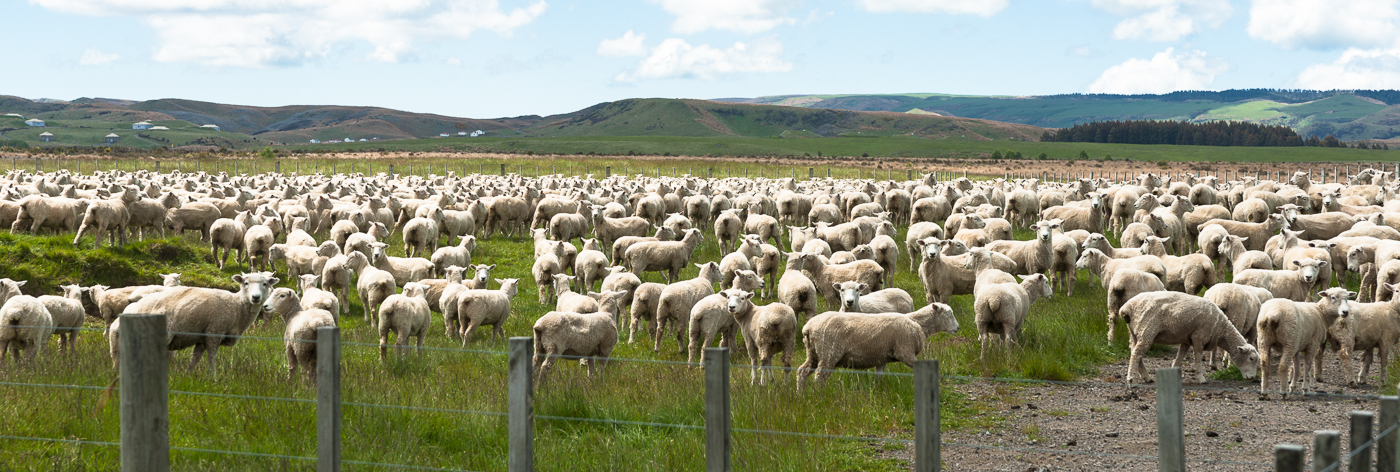
Long-acting drench capsules have long been used in ewes at or around lambing. Their success results from reducing the periparturient rise (PPR) in parasite eggs being passed by ewes before and after lambing.
The PPR occurs from a lowering of the ewes’ immune system from late gestation until soon after lambing. The period of the PPR may occur from two to four weeks before ewes lamb and extend until six to eight weeks after lambing.
More eggs on pasture may affect young lambs either directly, with a high larval challenge, or indirectly, by reducing lactation performance of the ewes, both of which flow on to lower lamb growth rates.
This may mean less lambs away early in the season, which may have a flow-on feed availability, and this may eventually affect ewes’ autumn condition for mating.
Bionic capsules contain two drench actives, abamectin and albendazole, along with trace elements selenium and cobalt, and these are released in a controlled daily dose, keeping parasites at bay for up to 100 days.
Other long-acting options are out there in the form of injections, but the downside of injection over capsules is that the duration of action is shorter and it is only a single active leading to greater chances of resistance developing.
In addition, capsules release a controlled amount of drench daily for the duration of activity and then cease working. Injections peak after application then tail off gradually, meaning the potential is likely for some worms to be exposed to a period of non-lethal activity resulting in greater selection for resistance amongst parasites.
Not all ewes may need a capsule but, as a general rule of thumb, ‘younger ewes over older ewes, multiples over single-bearing ewes, and lighter ewes over ewes of body condition score three or greater’ will benefit the most from being given one. Any drenching of adult sheep is a known risk factor for accelerating drench resistance, but it may still be a worthwhile management tool along with mitigating strategies.
Having a low larval challenge is great for lambs, but it also means that the main source of refugia is reduced in the battle for reducing drench resistance. To mitigate this risk, it is strongly recommended to have some ewes in a mob left untreated so that they can pass out susceptible eggs to prevent only resistant eggs being spread onto pastures.
It may mean mixing some undrenched single-bearing ewes with a mob of multiple-bearing ewes. Similarly, capsuled ewes should be lambed on pastures that have been previously grazed and not lambed on clean pastures or new grass. Clean pastures will have low or no larval contamination at all, so, potentially, any eggs being excreted will be from resistant parasites and will be rapidly accelerating resistance.
Vetlife encourages a sample of capsuled ewes to be submitted for a faecal egg count (FEC) around 75 days post treatment to ensure that all is going well with the capsules and that they are working effectively. Vetlife’s state-of-the-art Parasight FEC units are strategically placed around the sheep areas of Vetlife clinics so there is little reason for not getting a rapid check of your drench effectiveness. It enables us to give accurate advice as to whether an exit drench may be required or not and whether there are eggs present or not.
In summary, capsules are valuable tools to aid in the endeavour to maximise production. However, at all times, discuss the strategic use of capsules with your Vetlife veterinarian in order to safely walk the tightrope of maximising production and avoiding resistance.
Written by Ivan Holloway – Vetlife